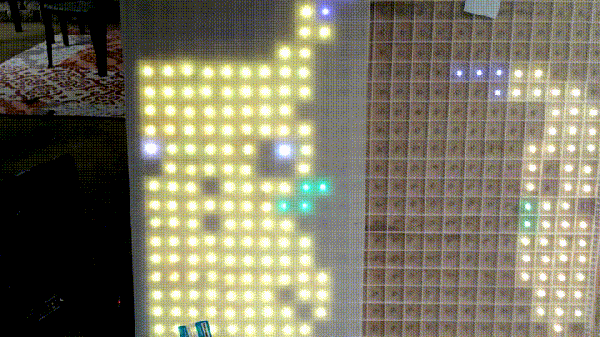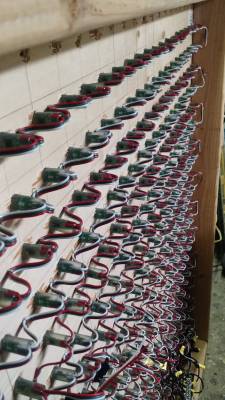When you’re living out of a vehicle, or even just traveling out of one, power quickly becomes a big concern. You need it for lights, to charge your various devices, to run your coffee maker and other appliances, and possibly even to store your food if you’ve got an electric refrigerator. You could do what many RV owners do: rely on campgrounds with electrical hookups plus a couple of car batteries to get you from one campground to the next. But, those campgrounds are pricey and often amount to glorified parking lots. Wouldn’t it be better if you had the freedom to camp anywhere, without having to worry about finding somewhere to plug in?
That’s exactly what we’re going to be covering in this article: off-grid power on the road. There are two major methods for doing this: with a portable gas generator, or with solar. Gas generators have long been the preferred method, as they provide a large amount of power reliably. However, they’re also fairly expensive, cumbersome, noisy, and obviously require that you bring along fuel. Luckily, major advances in solar technology over the past decade have made it very practical to use solar energy as your sole source of electricity on the road.
Continue reading “Off-Grid Travel — Setting Up A Solar System”














